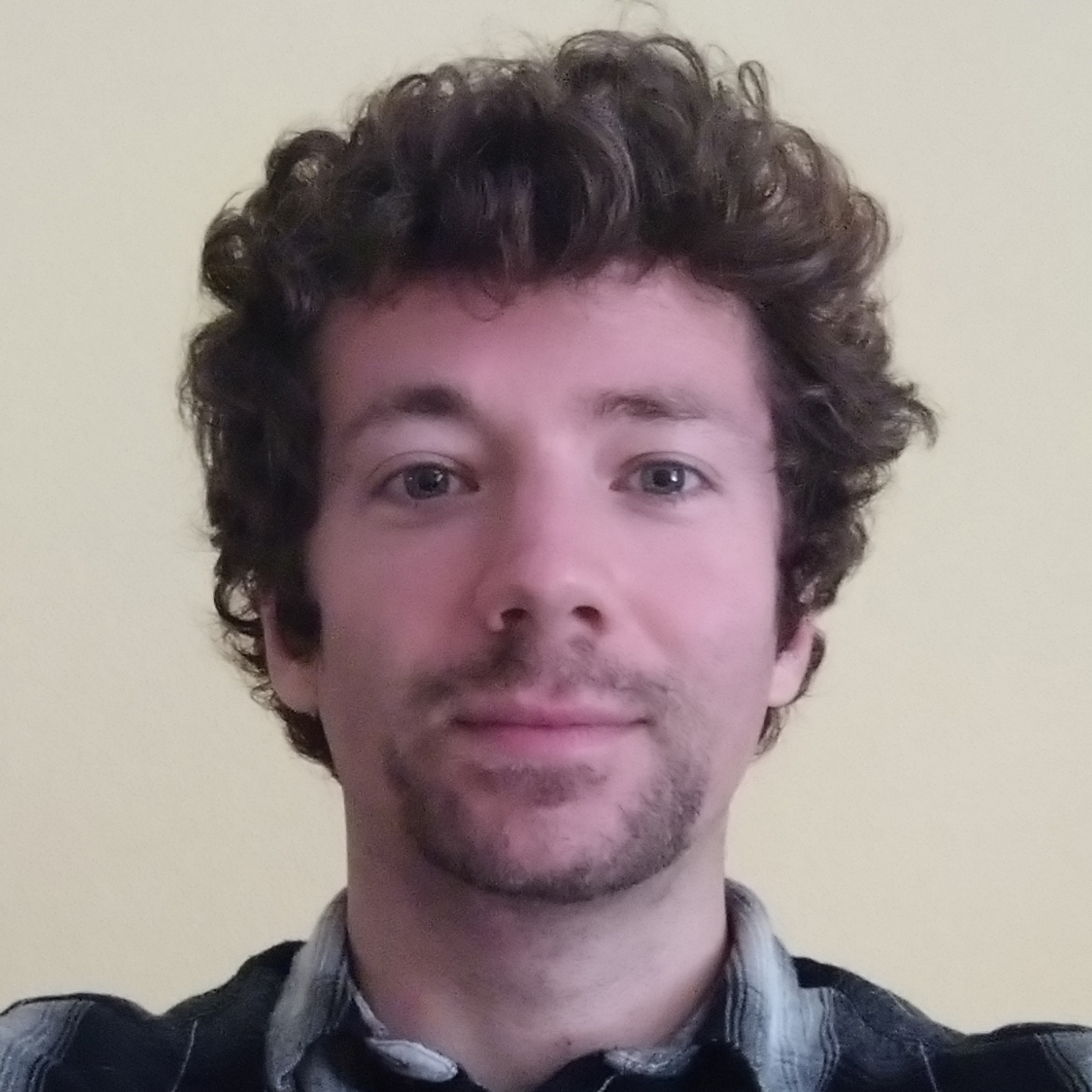
Marcel Piepers, just started his PhD in the Maizel lab. Marcel is coming from Wageningen (Netherland). Beyond plant development and imaging his interests lay in music and graphic design. Welcome Marcel!

Marcel Piepers, just started his PhD in the Maizel lab. Marcel is coming from Wageningen (Netherland). Beyond plant development and imaging his interests lay in music and graphic design. Welcome Marcel!
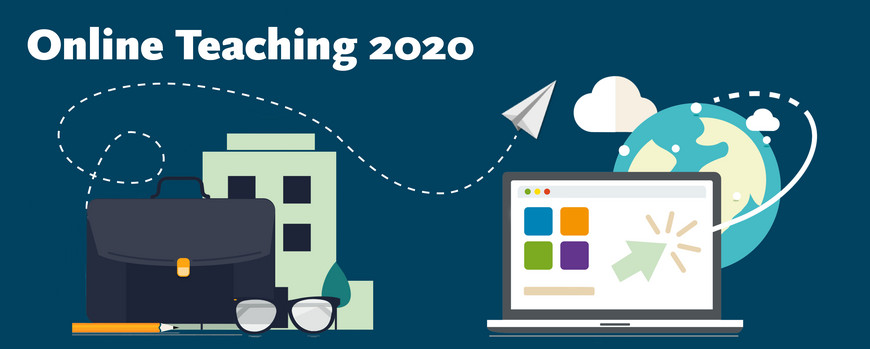
The Covid-19 outbreak has catalysed the need to be able to teach online. Yet, reinventing oneself in a professional YouTuber is not something done in one night. Heidelberg university has made a lot of tools and some resources available for online teaching on a short time, this was a great starting point. However most to all of these helps where in German and did not cover all needs.
While experimenting how I would move my lectures to asynchronous online lectures, I have tested several solutions and created a series of video tutorials in English that cover:
These videos and the ones to come are available on the lab Youtube channel:
Feel free to distribute these links.
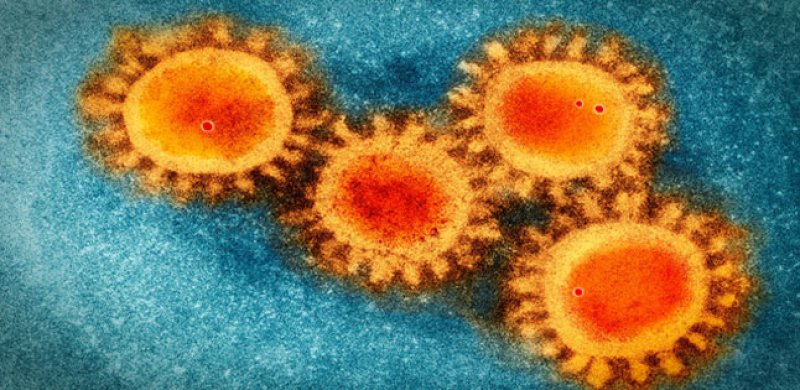
As everyone else since several weeks, the lab has to adapt to the COVID-19 outbreak. Here is a short summary of how it went/goes for us and we handled / are handling it.
It all started mid-March with 2 weeks of reduced activity, during which we finished running experiments, did not start any new ones and prepared for a looming lockdown. We reduced presence time in the lab to the necessary wet bench activities and shifted the computer work to home office and organized.
Then the lockdown of the University came and we were sent home until 20.04. During that time, we took turn to visit the lab three times a week to take care of the plants and check on the lab. We fully moved to computer work and each of us had specific tasks:
We kept weekly lab meeting, experimenting with different plateformes (Zoom, Webex, heiCONF…). We each reported on the work done, cross commenting on our drafts of figures and outlines and laid out our plans for the coming week. We had journal club too. Slack our beloved lab IM has been great at keeping us together.
I am very happy and proud of how the lab adapted, kept a good morale and worked during these weeks. We all had challenges to face: small apartments, flaky internet, children & homeschooling, but we kept the ‘ears stiff ‘ as the German saying go. Despite all this, great things were achieved and this time forced us to take more time to read, think and plan.
Now, work in the lab has officially resumed, but under strict distanciations rules to minimize the risk of spreading the infection while in the lab. Concretely, all office/computer work remains done at home, meetings and discussions online, and presence at the bench must be planned to minimise encounters. This is a bit of organisation challenge, but very much facilitated by the excellent join work with our neighbors labs (and Slack 🙂 ).
So right now we are slowly ramping up again, but challenges remain: we can’t host any students for the time being; we have trainees waiting to start but are keeping them on hold. This is however not sustainable for several months. Same for the rest of our activities, we are actively thinking about a work organisation that mitigate safety and efficiency and that we can maintain for the coming 6-9 months (it will take long to go back to any « normality »).
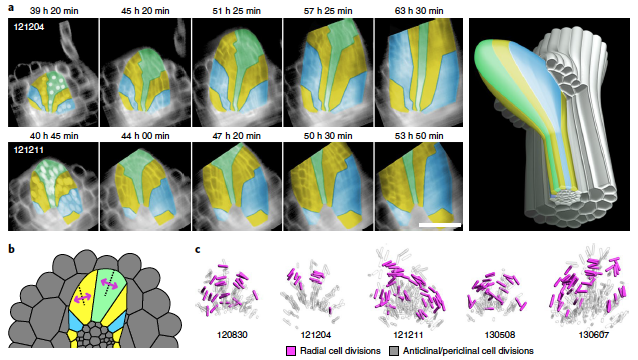
Some early light sheet data of former co-supervised PhD student Daniel von Wangenheim and Jens Boland (Fengerau) have made their way in his last opus in the Bennett lab Nottingham. Daniel shows that that the radial positioning of emerging lateral roots is influenced by their hydrological environment (hydropatterning) and this starts during early developmental stages. You can read about it here: https://www.nature.com/articles/s41477-019-0580-z

Beatrice Berthet, has been helping the Tuominen lab in their study about the role played by cell death during lateral root emergence. You can read about it here.
No aquatic adventure this year, December in Heidelberg is a bit too cold for it. Most people go to the Christmas Market, but the lab like to think different, so we took some “altitude” and went bouldering (after the annual lab cleaning):
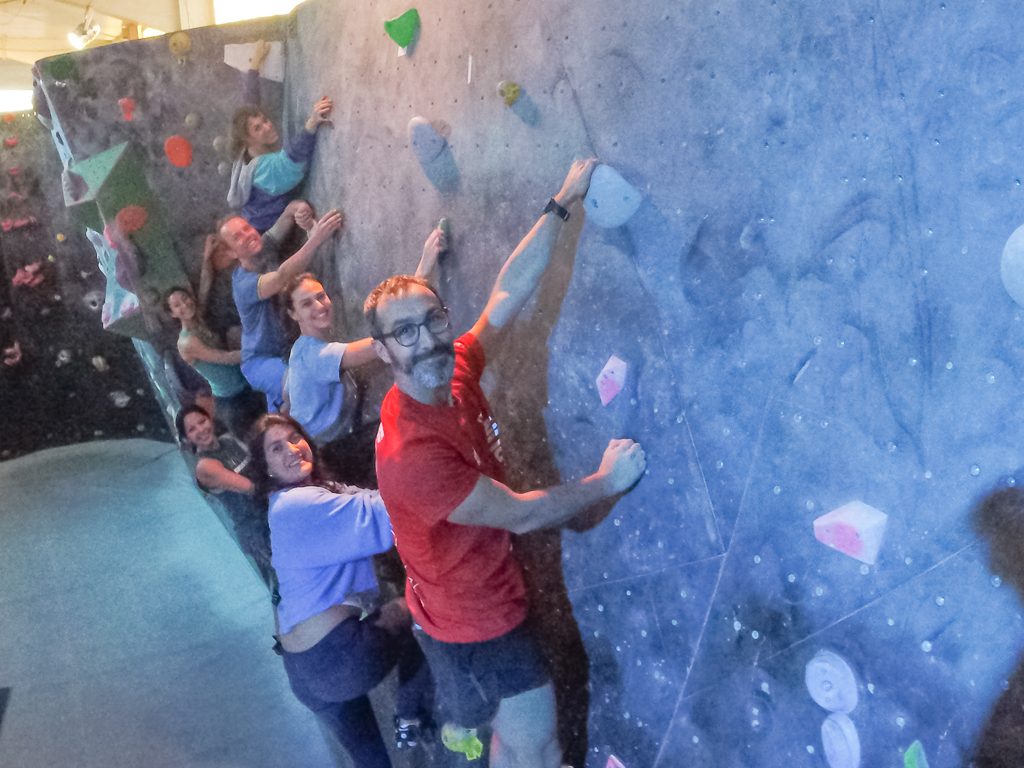
and concluded this exhausting session with delicious Thai food
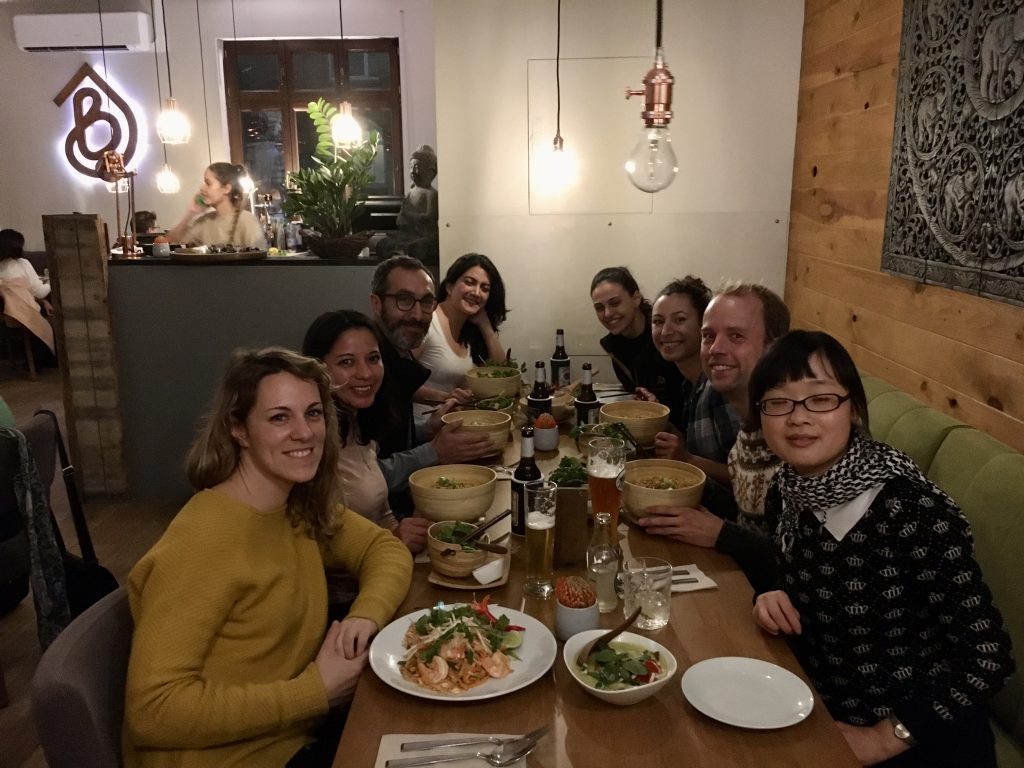
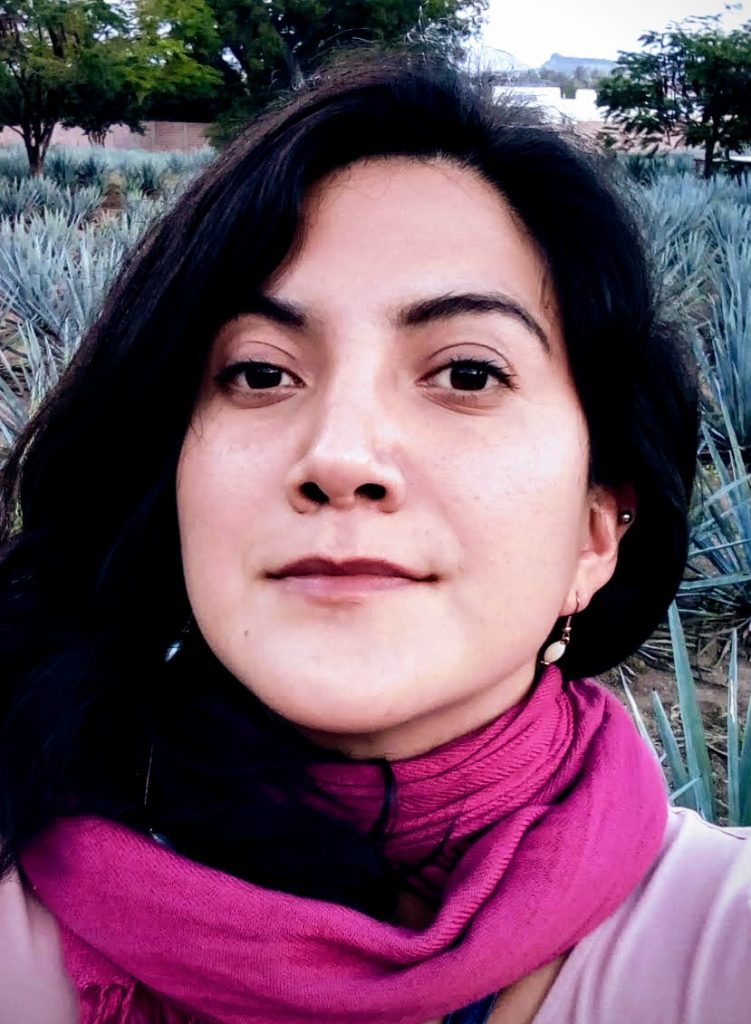
We welcome Mayra who will stay in the lab for 3 months. Mayra comes from Mexico. She was trained as a molecular biologist and biochemist at the Universidad Autónoma del Estado de Morelos and obtained her M. Sc. at the prestigious Universidad Nacional Autónoma de México.
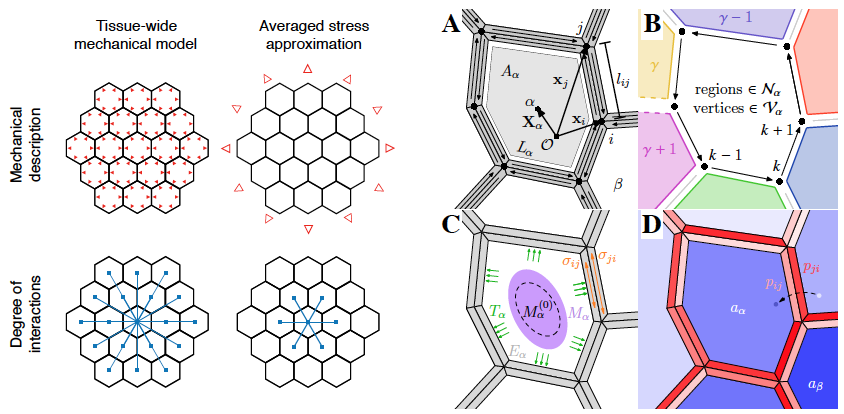
Our first theoretical work realised with the K. Alim lab is now available on bioRxiv. In this work we show that that tissue-wide mechanical coupling leads to focused auxin spots, that result from the formation of a circumferential stress field around these spots, self-reinforcing PIN polarity
and auxin accumulation.
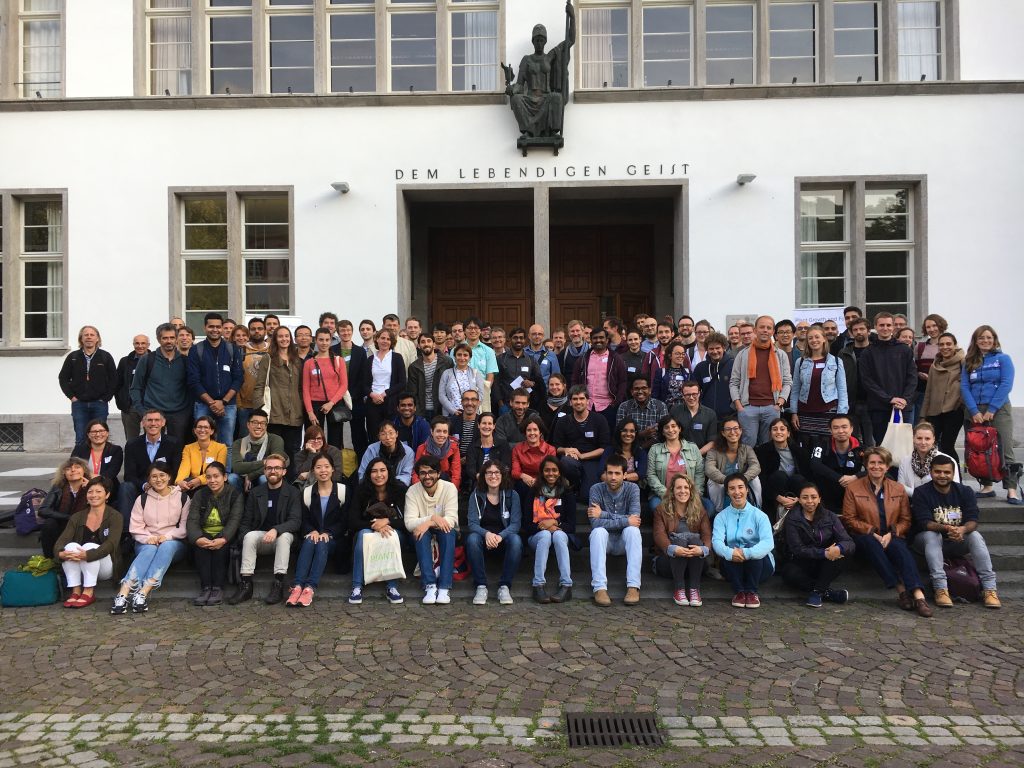
Close to 120 participants gathered in the Heidelberg old town for an exciting 3 days symposium on Plant Morphodynamics.
In addition to an exceptional line up of invited speakers and selected talks, participants enjoyed a very lively poster session and could enjoy well deserved relaxed evenings in the old town.
The keynotes lectures given by Rico Coen and Dominique Bergman count to the highlights of an event that we will certainly offer again in the future.